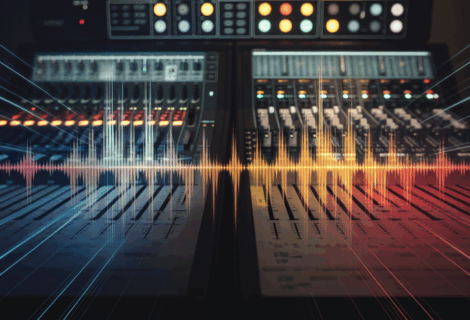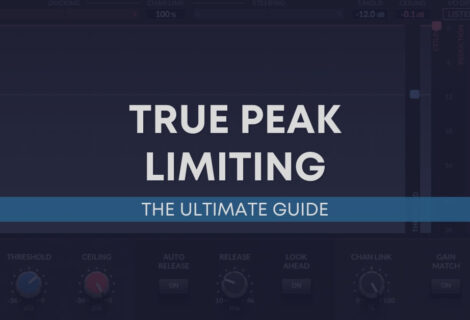
Understanding RMS in Audio: A Beginner’s Guide
Understanding RMS is important for anyone who works with audio, from musicians and audio engineers to podcasters and content creators.

Understanding RMS is important for anyone who works with audio, from musicians and audio engineers to podcasters and content creators.

Audio mastering is the process of enhancing the overall mix of a music production to make it sound the best it possibly can.

In the intricate world of audio mastering, there’s an important process called ‘true peak limiting’ you must be aware of. Just like a volume control, it keeps sound levels in check. It’s become really important because of streaming services like Spotify and Apple Music.

Gain staging is an essential part of mixing that can make or break the quality of your final product. It involves setting the levels of each track in your mix to ensure that they work together harmoniously without any unwanted distortion or clipping. When done correctly, gain staging can help you achieve a clear, balanced mix with plenty of headroom and dynamic range.

If you’ve ever struggled to get your tracks to sound as loud and competitive as those on major radio stations or streaming platforms, then you’re not alone. The loudness wars have been raging for years, and it’s becoming increasingly difficult to achieve a professional-sounding master without sacrificing quality and dynamics

Audio mastering is the final and most important step in the music production process. It involves enhancing the audio quality of the mix, bringing up the overall level, and giving the song a consistent sound across different playback systems.

Many people believe that audio clipping is always a bad thing. However, this is not necessarily the case.